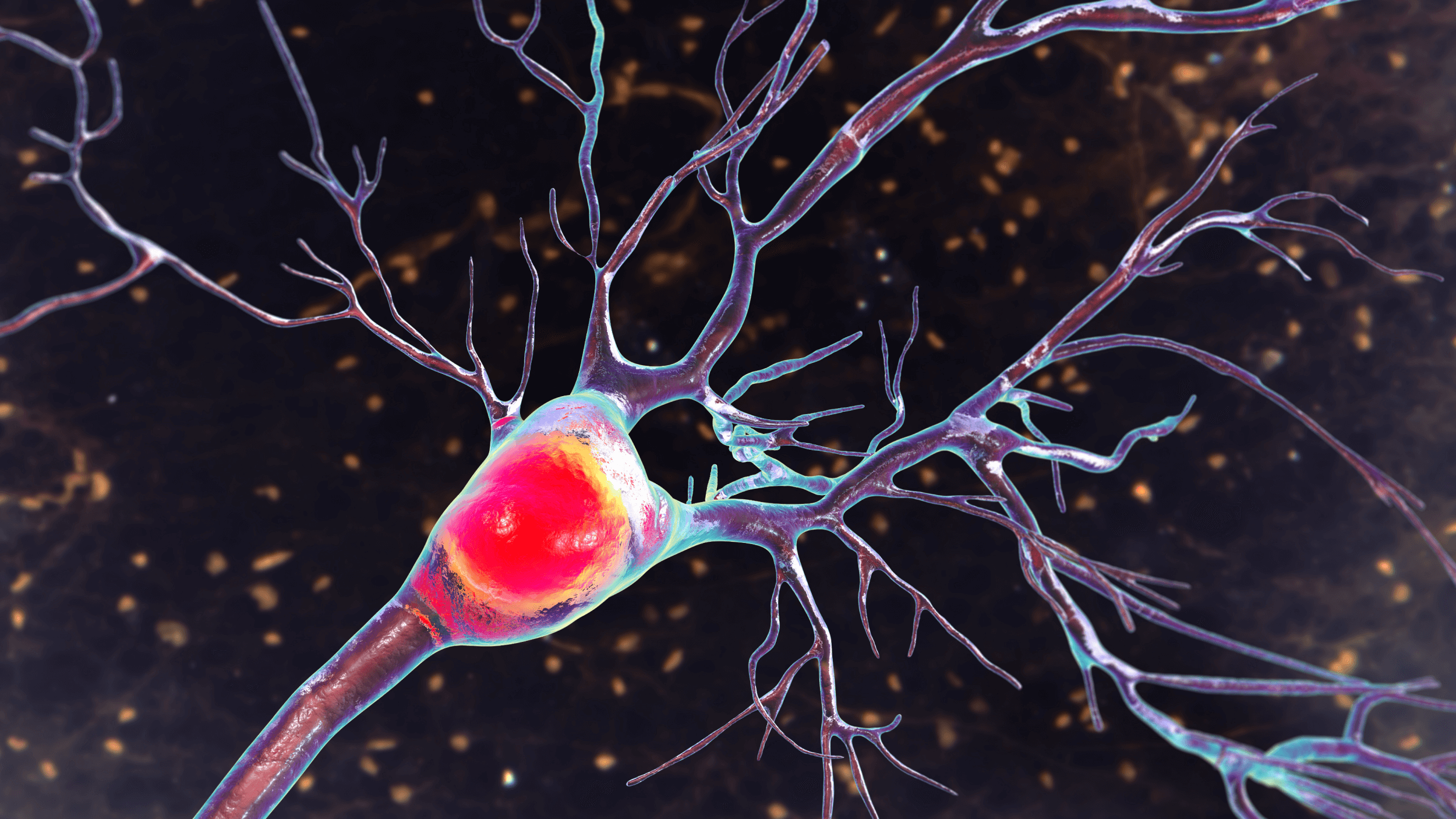The neuroscience behind ‘gut feelings’

- There is such a thing in neuroscience as a ‘gut feeling.’
- We don’t quite know what it’s saying yet, but we have an idea.
- “Gut signals are transmitted at epithelial-neural synapses through the release of … serotonin.”
Have you ever had a ‘gut feeling?’ That moment when you just knew? Did you ever wonder why that was? Research is starting to make inroads towards an answer.
A recent study led by Melanie Maya Kaelberer of Duke along with a team of others looked at mice to determine how the stomach communicated with the brain. Historically, it was believed that the stomach communicated with the brain indirectly — typically through something called neuropeptide signaling (peptides are like proteins but smaller; neurons use neuropeptides to communicate); however, the results from this study suggest something much more direct, much more nuanced, and a little bit more complicated.
It was found that “gut signals are transmitted at epithelial-neural synapses through the release of … serotonin.”
Let’s break that down — first by quoting the National Institute of Health: “Epithelial cells form barriers that separate different biological compartments in the body.” They have a role in regulating what is communicated and what is carried between these different compartments.
Serotonin is a neurotransmitter. A neurotransmitter is a chemical that is released when a signal arrives from somewhere else in the body and acts as a bridge for the signal to move from one neuron to the next.
What makes the result of the study noteworthy is the fact that — in addition to neuropeptides — “further studies revealed that enteroendocrine cells activate sensory neurons within tens to hundreds of milliseconds, a time scale typical of synaptic transmission rather than neuropeptide signaling.”
In other words: something arrived in the stomach and it was known, fast. Think of the speed with which your body lets you know that a fly has landed in your skin and think what it means that your body knows what’s in its stomach at comparable speeds. (We know that gut bacteria responds to exercise, but this study raises an asterisk of a question all its own: how quickly does gut bacteria respond to exercise in real time?) It’s hypothesized that the reason why this happens is to relay where something is in the gut and how it exists in space-time — whether it’s just arrived, how it’s immediately reacting to the digestive properties of the stomach, and so on.
Benjamin Hoffman and Ellen A. Lumpkin found the results intriguing, writing in a review of the study that it led them to wonder, “What are the molecular mechanisms of neurotransmitter release in enteroendocrine cells?” Who specifically mediates this synaptic transmission? And how are these neuron signals modulated in a stomach full of acid, anyway? What happens when someone has an intestinal disorder?
Perhaps the answer is already known to someone deep within the depths of their gut.





